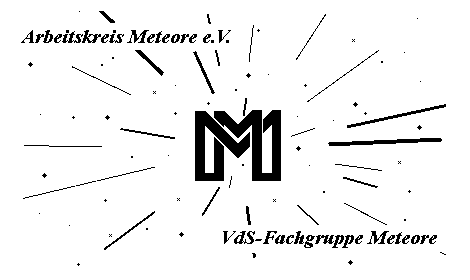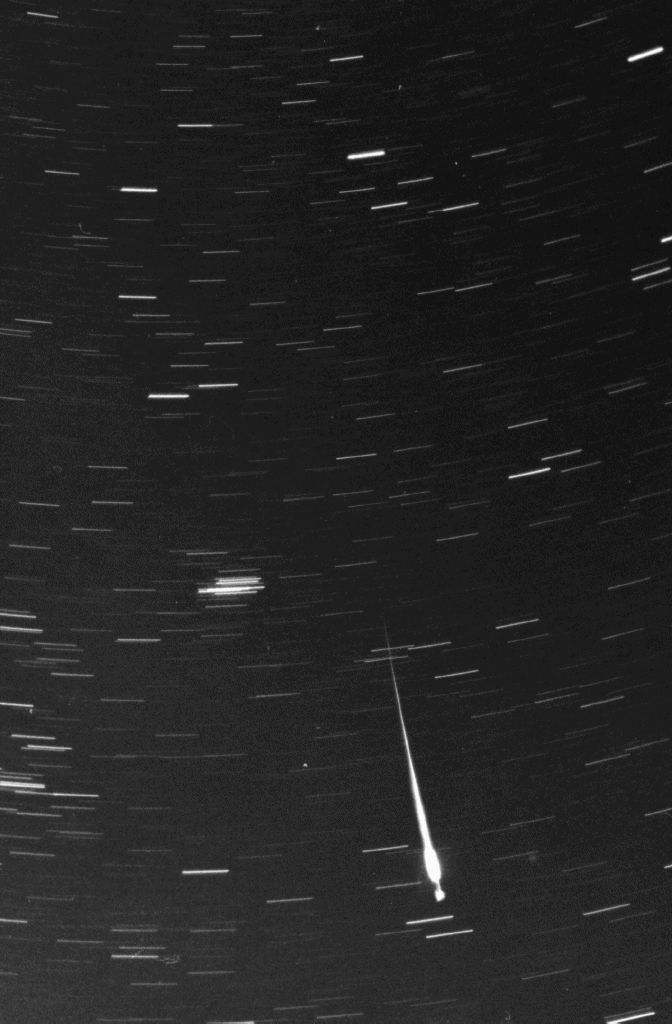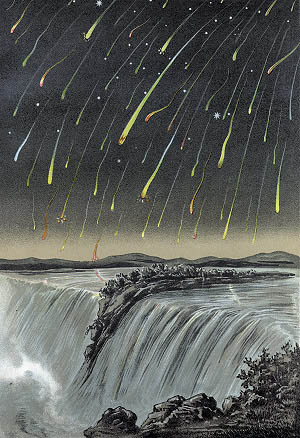 Meteors, Meteors
Meteors, Meteors
|
Meteors are the luminous result of tiny particles, called meteoroids,
entering the
Earth's atmosphere at high speeds (11...71 km/s). The meteoroids are
released either from comets or asteroids. Most spectacular displays are caused when the Earth passes through a dense swarm of meteoroids close to the original orbit of their parent object. In this case we observe a meteor shower. The best known is the Perseids shower. Many other showers exist and can be observed at different times of the year. Check also the shower calendar for the year 2003. Meteors can be observed with various techniques. The optical methods include VISUAL, PHOTOGRAPHIC, and VIDEO observations. Descriptions, including details about advantages and disadvantages of the various techniques can be found on the IMO homepage, or on a page provided by Sirko Molau of the Arbeitskreis Meteore e.V. The meteor image shown here was obtained during the Perseid peak in 1994, observed from Last Chance Creek, CA. The -8m Perseid fireball appeared southwest of the Pleiades cluster in the morning of August 12. |
 |
 |
In the years between 1998 and 2002 the Leonids produced great meteor showers. Peak rates reached `storm levels', i.e. about 10000 per hour for about 20-30 minutes especially in the years 1999, 2001 and 2002. |
| Questions about observations: Ulrich Sperberg Südbockhorn 59 29410 Salzwedel E-Mail: ulrich.sperberg@t-online.de |
General Address: Arbeitskreis Meteore e.V. Postfach 600118 D-14401 Potsdam |
| Arbeitskreis Meteore e.V. Vorstandsvorsitzender: Sirko Molau Verbindungsweg 7 D-15366 Hönow E-Mail: sirko@molau.de |
Responsible for this page Jürgen Rendtel Seestraße 6 D-14476 Marquardt E-Mail: jrendtel@aip.de |
| Main page of the Solar Observatory Einsteinturm |
Astrophysikalical Iinstitute Potsdam |
AKM start page |
Email: jrendtel@aip.de |
Designed for Netscape Navigator · Mai 1998 · © JR